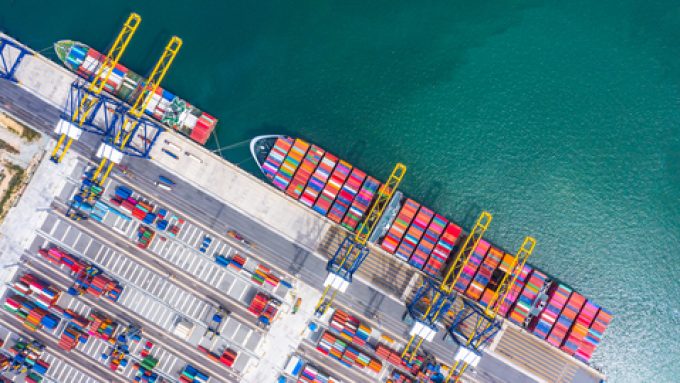Asia-Europe peak season? Mind the capacity gap
With one eye on the boomerang effect

Forwarders are warning customers that demand on Asia-Europe ocean trades is beginning to look a lot like the pandemic peak.
“It’s shocking” said one UK forwarder. “The speed and pace of change is phenomenal, replicating the lead-up to the peak of the pandemic.”
The forwarder warned that box lines were jettisoning FAK rate quotes when bookings are made, and contract capacity is being cut.
“It’s a nightmare. Demand is hugely high – we are seeing between 10-20 % growth across our customer base ...
Maersk u-turn as port congestion increases across Northern Europe
Apple logistics chief Gal Dayan quits to join forwarding group
Maersk Air Cargo sees volumes fall as it aims for 'margin in favour of revenue'
Airlines slash freighter capacity post-de minimis, but 'the worst is yet to come'
Houthis tell Trump they will end attacks on Red Sea shipping
Transpac rates hold firm as capacity is diverted to Asia-Europe lanes
MSC revamps east-west network as alliance strategies on blanking vary
India-Pakistan 'tit-for-tat' cargo ban sparks sudden supply chain shocks


Comment on this article